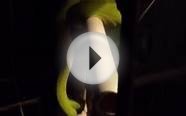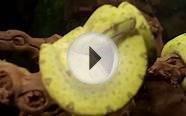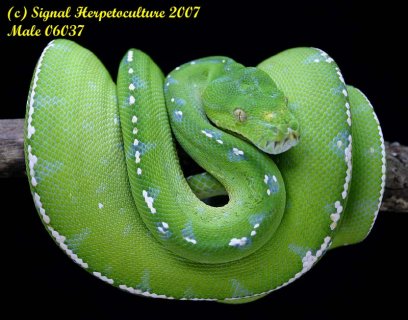
Merauke Green Tree Python
Green Tree pythons are among the most beautiful snakes in the world. These snakes inhabit the rainforests of Northern Australia, New Guinea, and some of the surrounding islands. There are several races of Green Tree pythons and these are: Aru Island, Biak Island, Cape York or Merauke, and the mainland forms of New Guinea. Green Tree pythons are usually found in trees, but occasional venture down to the forest floor. This snake is most active at night, when it feeds on rodents and other small mammals. As babies Green Tree pythons are usually colored red, maroon, brown, or yellow. This color changes as the animal matures until it reaches its adult coloration. Some Green Tree pythons take several years before this transformation is complete. Adult pythons have a wide range of coloration and there are many high end morphs such as: High Yellow, Blue, Calico, Mite Phase, Mustard, High White, and even Albino.
Temperature
Green Tree pythons should be maintained between 84-88 degrees during the day. Nighttime temperatures need to range between 75-80 degrees. Green Tree pythons come from a tropical environment and humidity is important for proper health. You should mist the cage once a day to increase humidity and condensation should be present on the glass. Do not mist your cage to the point that the bedding is soaking wet, your cage should start to dry by the next scheduled misting. Green Tree pythons should have a day and night cycle of 12 hours light and 12 hours dark.
Housing
Baby Green Tree pythons can be kept in 10-29 gallon or larger terrariums. Ideally, as the snake matures, the more room you want to provide. Wood cages are an excellent choice to house Green Tree pythons and a pair of adults can be housed comfortably in a 4 x 2 x 2 cage. The cage needs to be setup so there are multiple branches for the python to perch. When choosing a cage, always make sure there is some type of ventilation. However, excessive ventilation will dry the cage out to quickly.
Bedding
Our recommendation for bedding is bark, coconut bark, or cypress mulch. These types of beddings hold moisture very well and duplicate their natural environment. It is possible for a snake to accidentally ingest its bedding and cause some type of impaction in the intestines. We feel that this type of impaction is rare and we have never personally encountered this problem.
You might also like

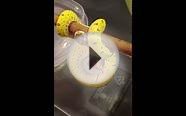
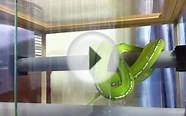
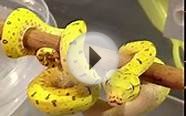
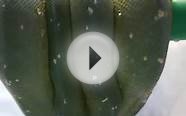
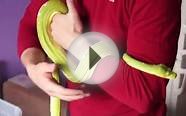
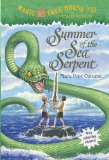
|
Magic Tree House #31: Summer of the Sea Serpent (A Stepping Stone Book(TM)) Book (Random House Books for Young Readers)
|
